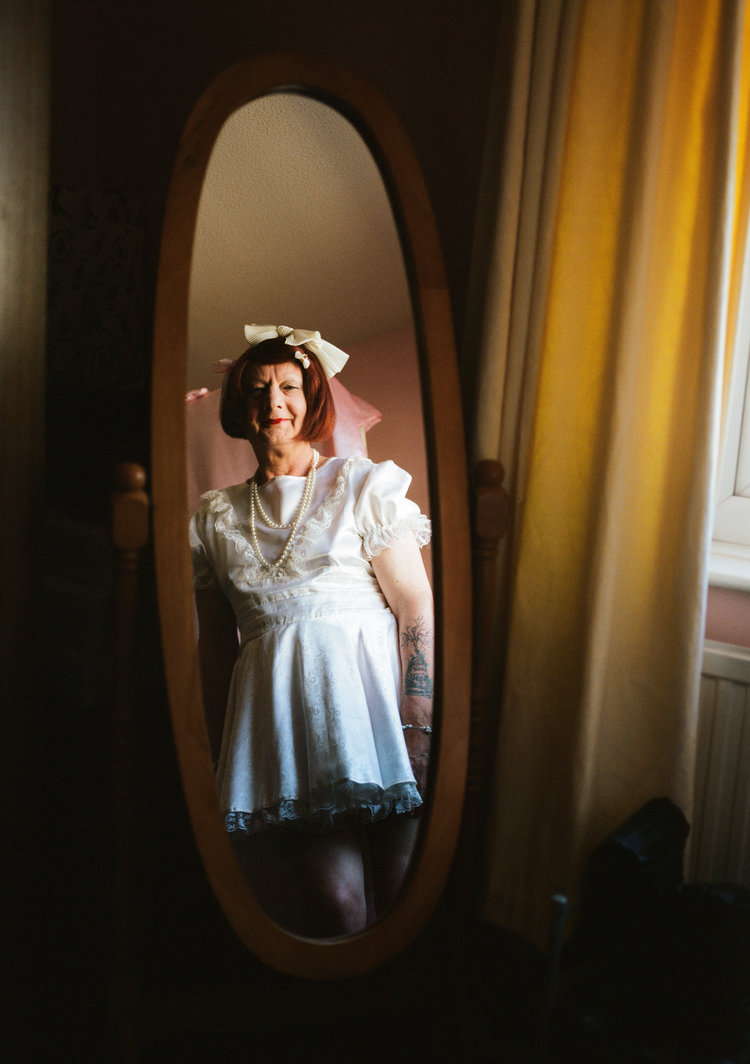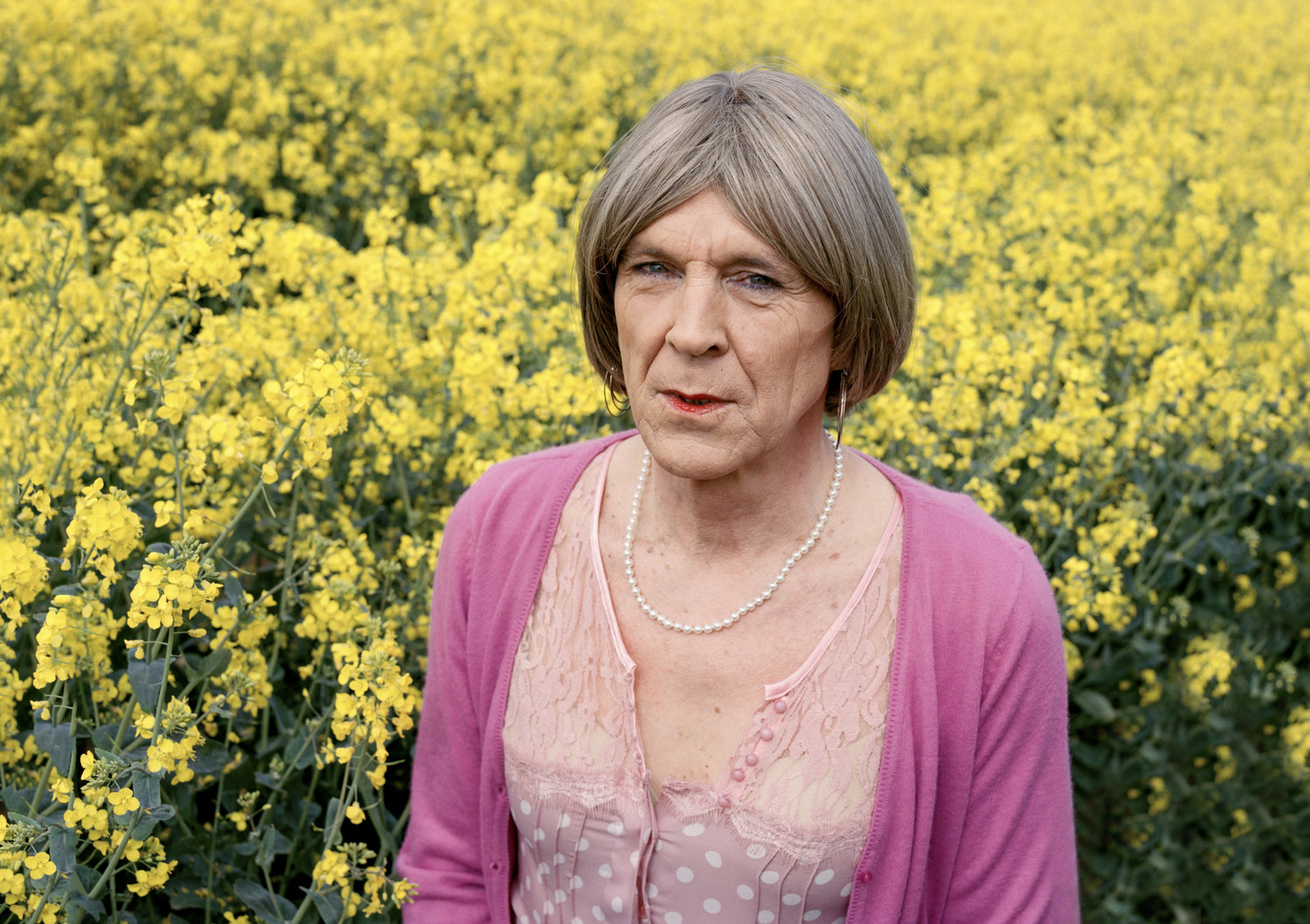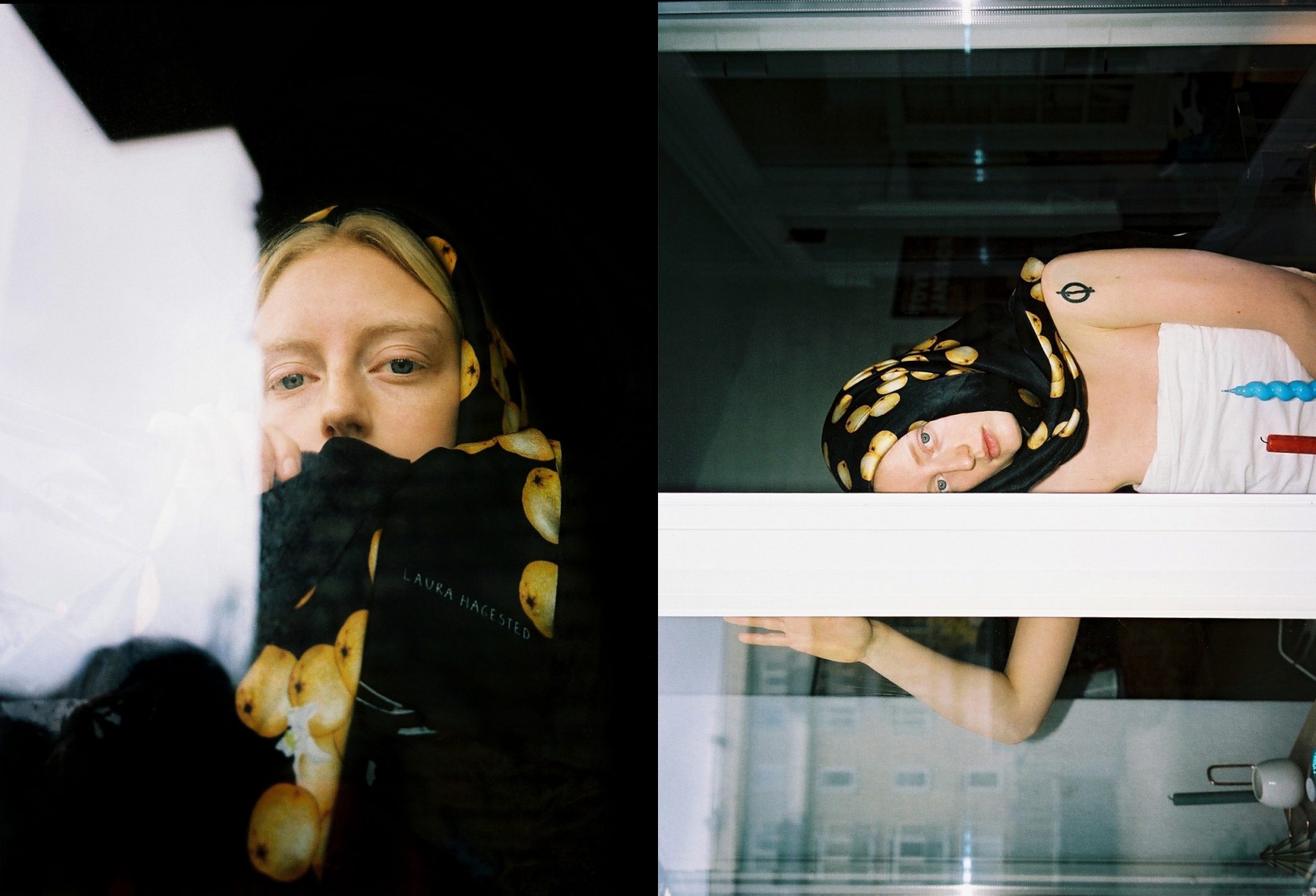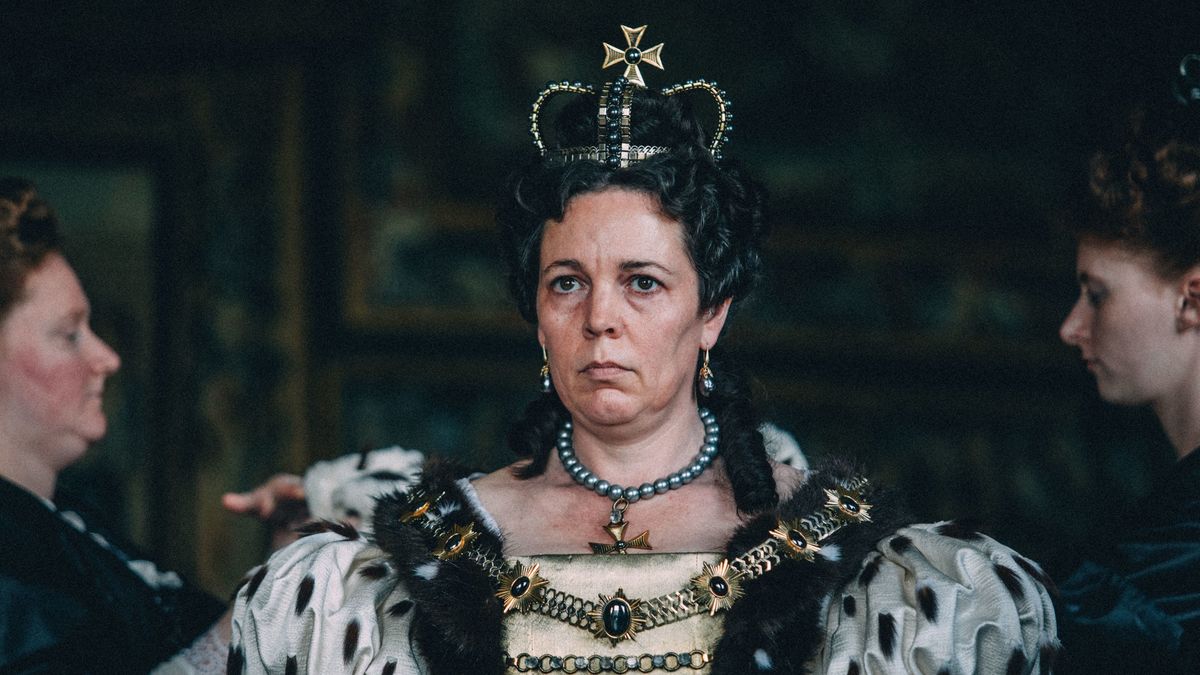Photographer: Bex Day
Words: Fiorella Lanni
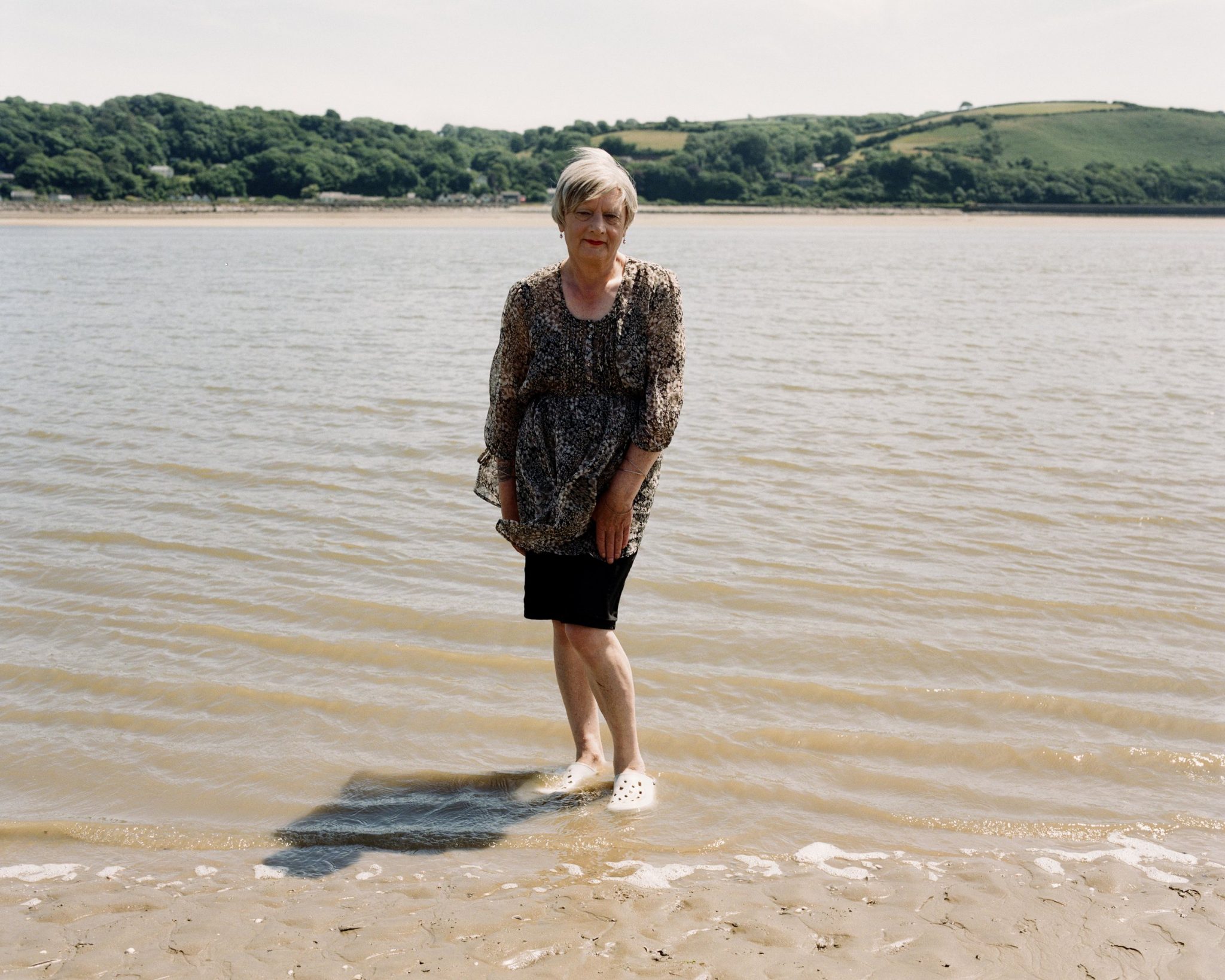

Hen is Bex Day’s latest series of photographs, a striking celebration of the UK’s transgender community, to mark International Transgender Day of Visibility on 31 March. Exhibited at Herrick Gallery from April 1 to April 7, Hen addresses the lack of representation of transgender people in contemporary culture and aims to challenge social conventions regarding gender stereotypes.
Hen is a Swedish word, which equals to the neutral personal pronoun ‘they’ in English. Hen displays trans people over the age of 40, all from different ages and backgrounds. The result is an empathetic and sensitive body of work, which takes the viewer on a journey of loss and discovery, and reveals how gender stereotypes and societal restrictions have had a huge impact on the transgender community.

Hen is a sensitive and challenging project, could you tell us a bit more about how you first became interested in this topic?
I noticed there was far more youth focused news stories about transgender individuals and a lack of older transgender people in the media and I wanted to give them a voice and a legacy. Hen is the Swedish gender neutral personal pronoun which is the equivalent of ‘they’ in English, (it irritated me that there is no dedicated gender neutral word in the English language).I focused on those identifying as transgender and non-binary within the series who are all over 40.
I come from a journalistic background and my first port of call for Hen was language. I was first interested in phallogocentric language, which is essentially male dominated language, for example mankind rather than humankind, and how this impacts women in general. This led me to researching gender through the likes of Berlant, Butler, Freud, Foucault, Gill, Hall, Penny, Jacques, De Beauvoir, Young, Browne to name a few and attended various anthropology and gender lectures at UCL and Goldsmiths.
Binary language, and gender binarism really intrigued me as it seemed so archaic and generally unrelatable to this time. For example, in terms of heterosexual relationships, they are becoming far more egalitarian, in the sense that both parties are becoming more interested in working, and men want to be more involved with childcare and housework—additionally this has been proved to make both men and women happier and healthier which in turn affects children in a positive way as they grow up to be happier and healthier. Plus they have more sex.
I grew up with few gender stereotypes in my childhood, often people thought I was a boy and my brother a girl; I was never really interested in Barbie’s or the colour pink. I questioned why a woman should not have some masculine traits and vice versa? Of course this is very different to identifying as transgender but it was the starting point for my interest in the transgender community. This black and white thinking that dominates so much of society as a whole forces narrow mindedness upon many individuals and is something I really wanted to eliminate through this project.
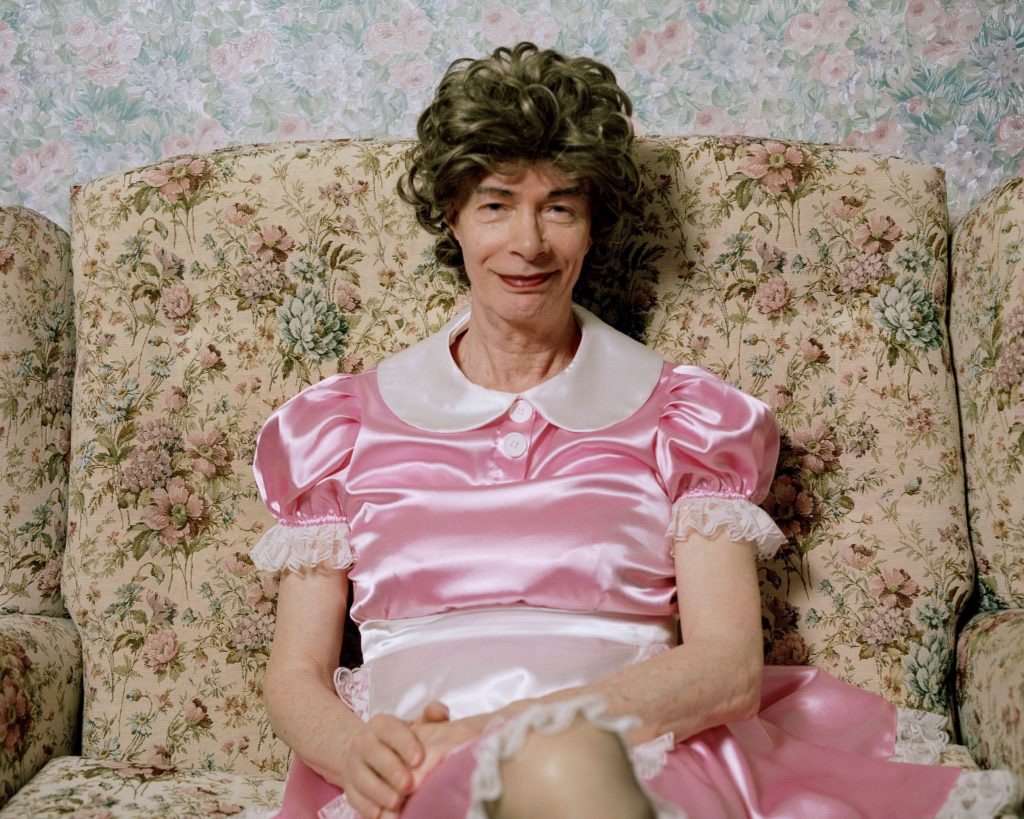
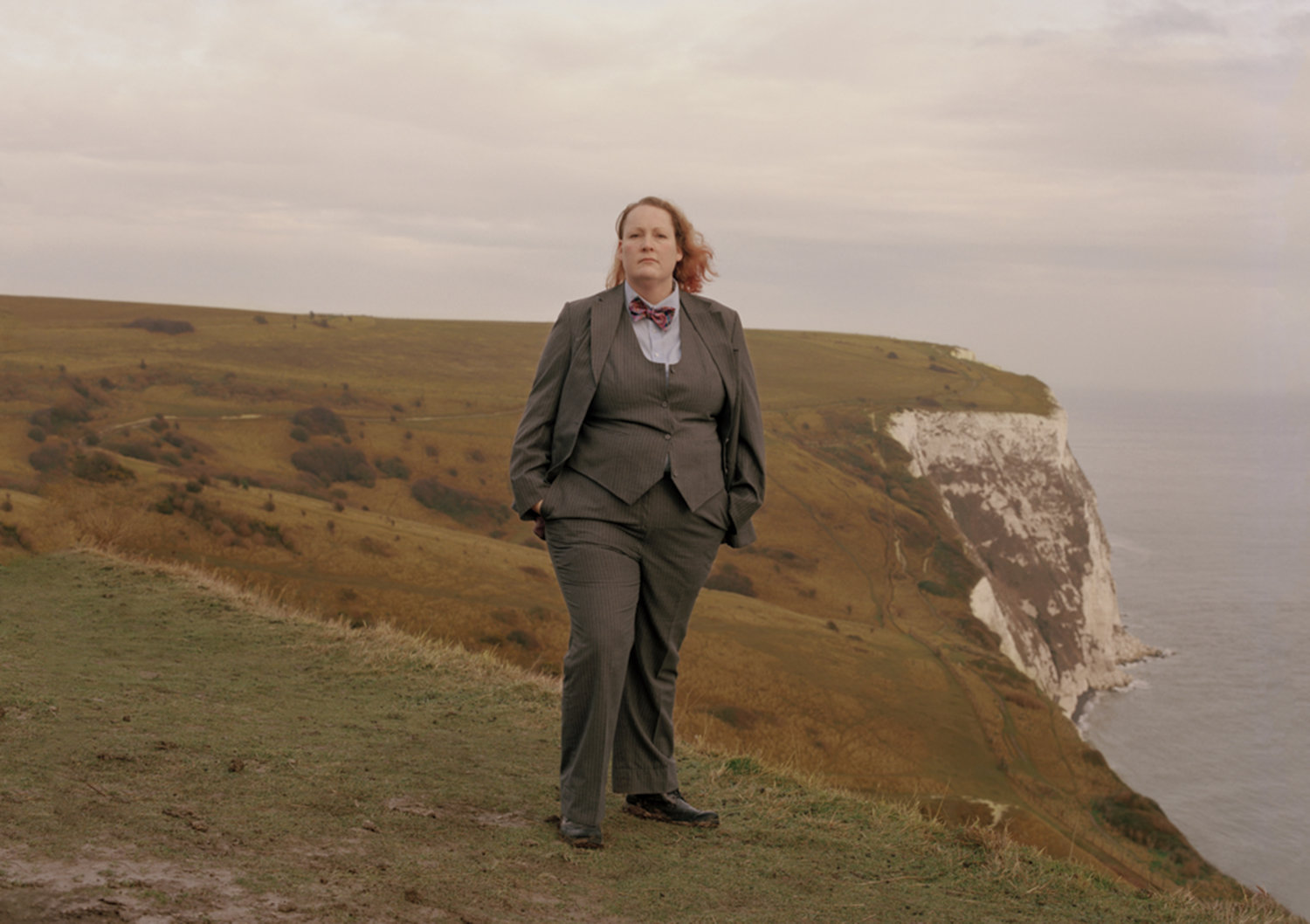
How did you select the subjects of your photographs? Were you familiar with any of them or were they strangers you met in your journeys? Could you tell a bit more about the process of photographing each subject?
They were all strangers yeah, I found people initially online through forums and specific transgender websites, and then through word of mouth, I also visited some transgender events to cast people face to face, it’s always better to meet in person as it’s so much more human. Once people trusted me it was much easier to get more people involved, at first it was tricky as I was simply a stranger posting on forums on the Internet.
We would meet for a coffee beforehand and then we would take the photos at their house or at a place that was meaningful to them. I would then check they were happy with the imagery – I wanted it to be as collaborative as possible.
Were the models willing to be a part of Hen?
A lot of people could not participate in the project due to them hiding their identity in some form. Others said no as they were uncomfortable about being in front of the camera due to being older and not so confident. However some people used this as an opportunity to come out to their family and friends and push themselves to become more comfortable in their own skin which makes me really happy as I feel I definitely grew in my own identity throughout the 3 years the project went on for and I’ve come full circle, so it’s nice to see that reflected in the participants’ too.
Your aim is to challenge society’s stereotypes and bring awareness to the older transgender community. How successful do you feel Hen has been in achieving this?
I think it has been very successful as it is shedding light to people that have not been given the spotlight really ever before. I wanted to create imagery that is both genuine to the individual and thought-provoking—genuine in the respect that I can draw out the personality traits individual to that person. I was not keen to brush over the fact that each person has had a difficult time. I wanted to merge this with a more positive message that things can change. I wanted the images to express this in a manner that isn’t negative but challenges understanding and hopefully facilitates a deeper understanding of this concept. Because life can be shit sometimes but that doesn’t necessarily detract from the way in which it can make you grow. By taking people outside of their homes and contrasting some images of people at home it creates this sense of stepping out of your comfort zone paired with intimacy. What I was trying to say through the nature imagery is that we are all one, we are like nature in the respect that we will continue to grow and flourish, and there is hope for everyone.
Do you think Hen is a finished project or do you plan on expanding on this subject matter?
I am interested in making a photobook and expanding the series.
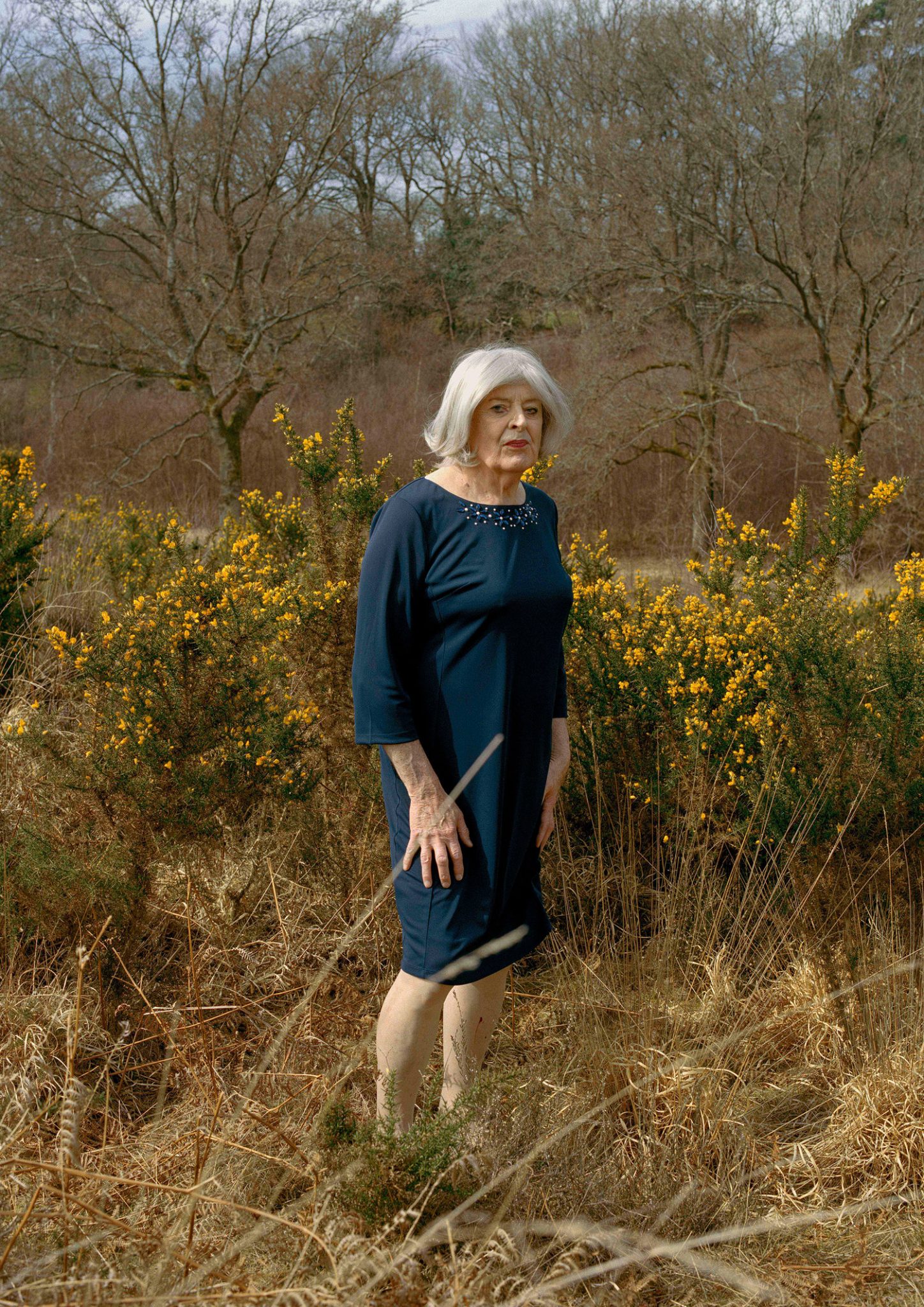
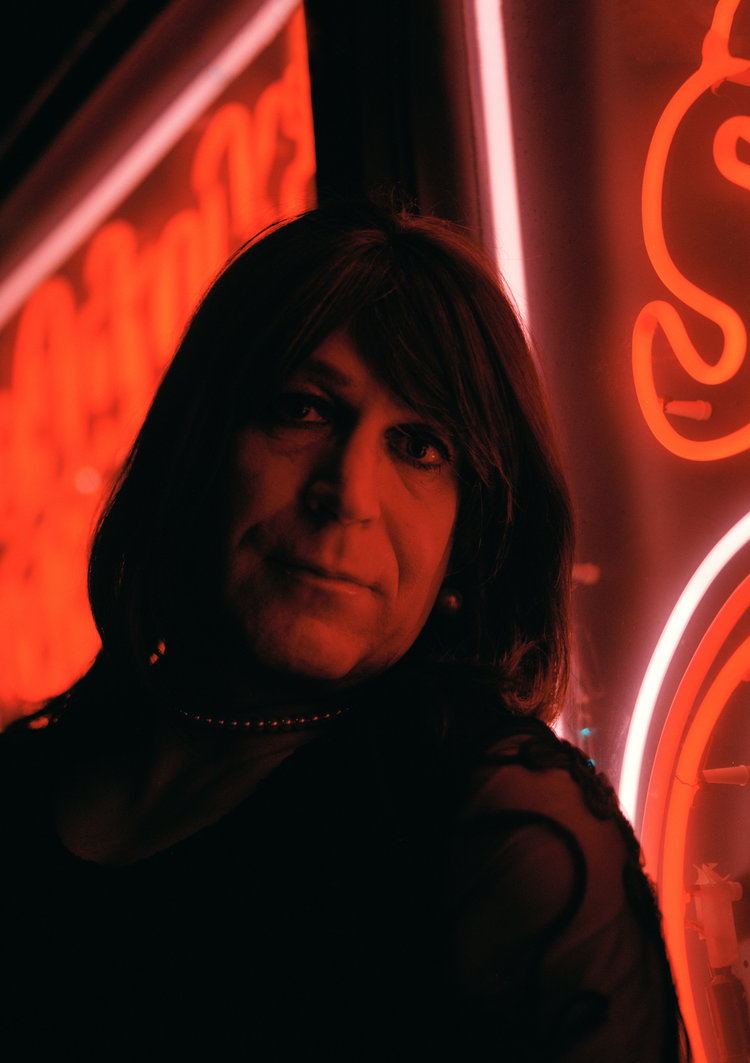
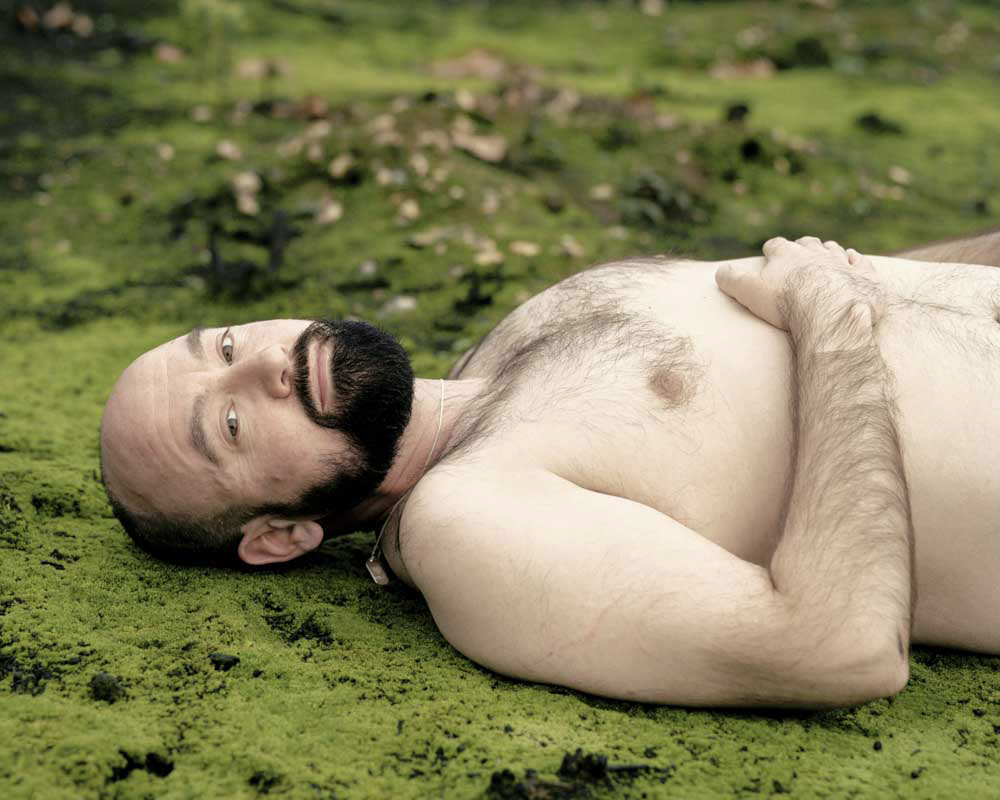
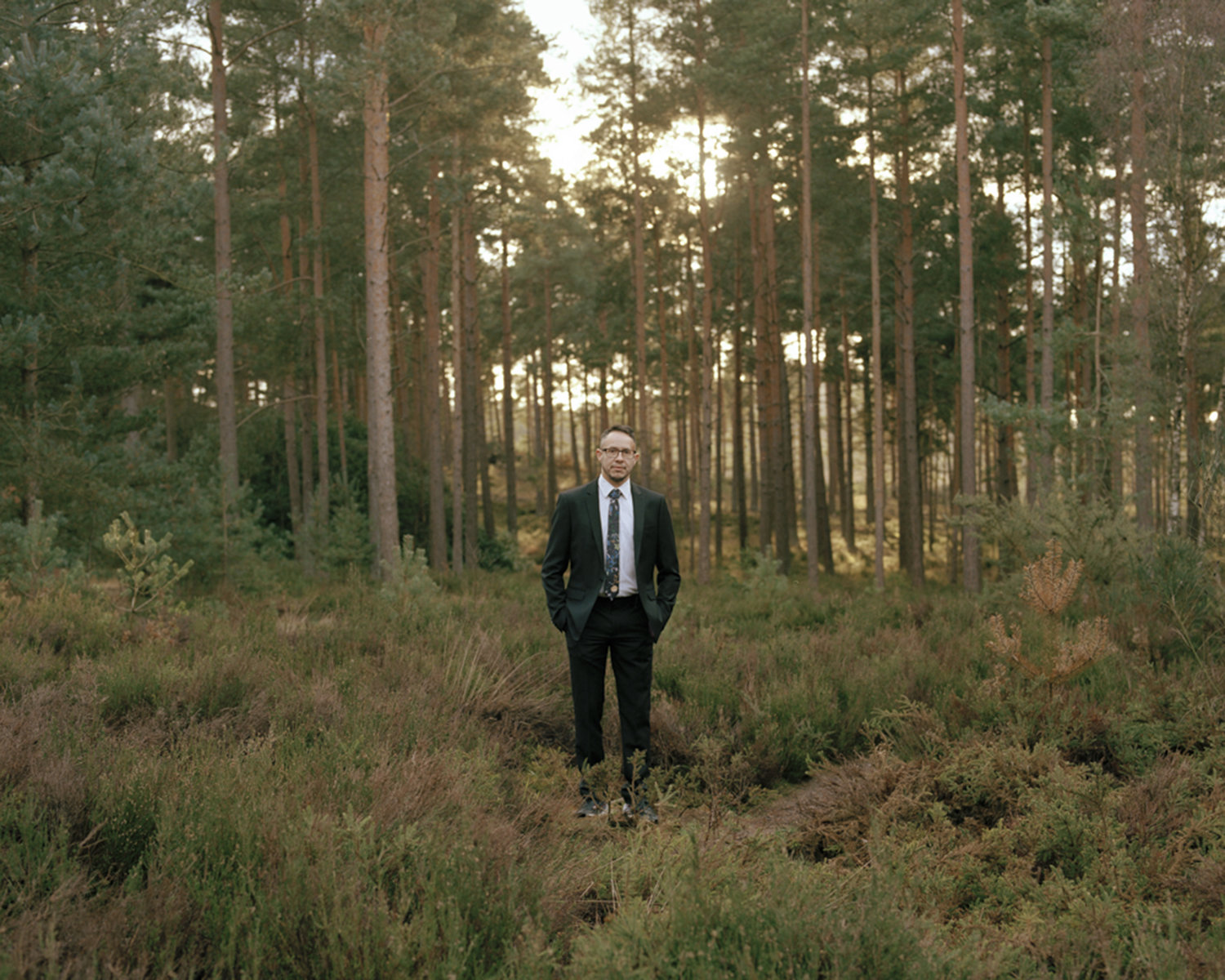
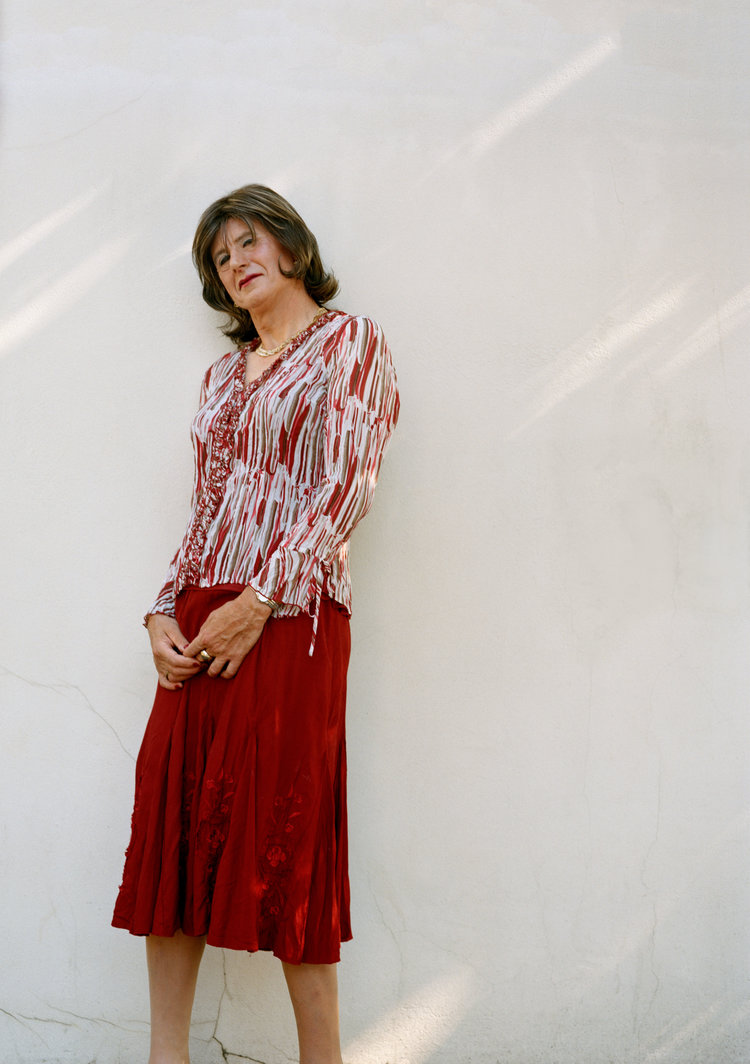

Each photograph presents a different story, I find Irene, Sameer, Dan and Annabelle particularly interesting. How each person’s experience differ from the other? And what message were you trying to convey through each image?
I wanted each image to be completely unique, as humans we are all totally different and I wanted that sense of individuality to resonate within the images. It was nearly always decided by the location of where each person lived. It was also really fortunate to be able to access areas all over the UK as there is so much beautiful natural scenery that is so photogenic as well. We would drive around their area and it would be a mixture of me watching out for scenes that I thought could work well for the photograph and the person I was photographing that day showing me their favourite or most meaningful spots.There were instances of course when we would not be able to shoot in their home or nearby, so then we would decide on a location in between both of us, or a setting that I thought resonated with their particular characteristics which I worked out prior to meeting them.
Alex for example, who I photographed in Soho, in the evening said: “I think it’s quite apt that your photos of me were taken in shadow and at night. Quite a reflection on the fact that I don’t want my ‘trans-ness’ to become an issue with those around me (as it is just one aspect of my character) and I know that this is something that my wife is concerned about too, even more than I am. So there is a very strong sense of “Don’t Ask, Don’t Tell” and consequently this side of my character has to pretty much exist in the shadows. My wife is a very supportive and loving person, but this is something she really wishes wasn’t a part of me and really doesn’t want it to become the predominant way that I am perceived. If I needed to transition I would have a clear set of choices to make. Difficult and painful choices maybe, but at least with a clearly defined aim in sight. But I don’t feel that need and my relationships with my wife and children are the most important aspects of my life and I need to be able to accept other concerns and wishes and to find some way of accommodating them. Ignoring them would be selfish, destructive and arrogant and would unnecessarily upset a lot of people I have no reason or wish to upset. It’s not an ideal situation but it is as it is and far better than many others.”
A biography of each person is included next to the person photographed written by themselves and this is an extract from hers.
The people involved in Hen are presenting their true identity, i.e. the gender they have been unable to be in the past therefore presenting information about gender that is completely unique to each individual. Due to social conditioning from gender binaries, means they are bringing about a new way of seeing how gender looks for them, thus challenging what are considered ‘gender stereotypes’.
I was drawn to Butler’s belief that gender is a social construction and that it is performative. I do not agree with certain feminist groups such as Robin Morgan. I believe this is completely backwards and unfair; people should be free to choose how they identify; I do not feel you should ‘earn’ the right to be a woman, the point of feminism is gender equality surely. However, individuals such as Butler, who believes that the transgender community challenges repressive gender norms and that transgender politics are fully compatible with feminism, makes sense to me. I think gender inequality in itself creates more emphasis on gender binaries; once equality comes then I believe gender will have far less weight.
There is no specific formula to live as an ‘individual’ whether you are transgender, gay, bisexual, heterosexual, we are all the same. If we accept that, as people and as a society, we are equal, we will certainly improve our tolerance and accept others and ourselves.
The term ‘intersectionality’ coined by Kimberle Kenshaw is something that intrigued me. She stated that “identity isn’t simply a self-contained unit, it is a relationship between people and history, people in communities and people in institutions.” Therefore when people are impacted by multiple forces and then abandoned they need to be rescued. For example, transphobia combined with homophobia creates even more harm than transphobia alone. We need to continue to enhance our understanding of social dynamics coming together to create these unique social challenges. Action and transformation is key, and hopefully Hen helps to encourage this.
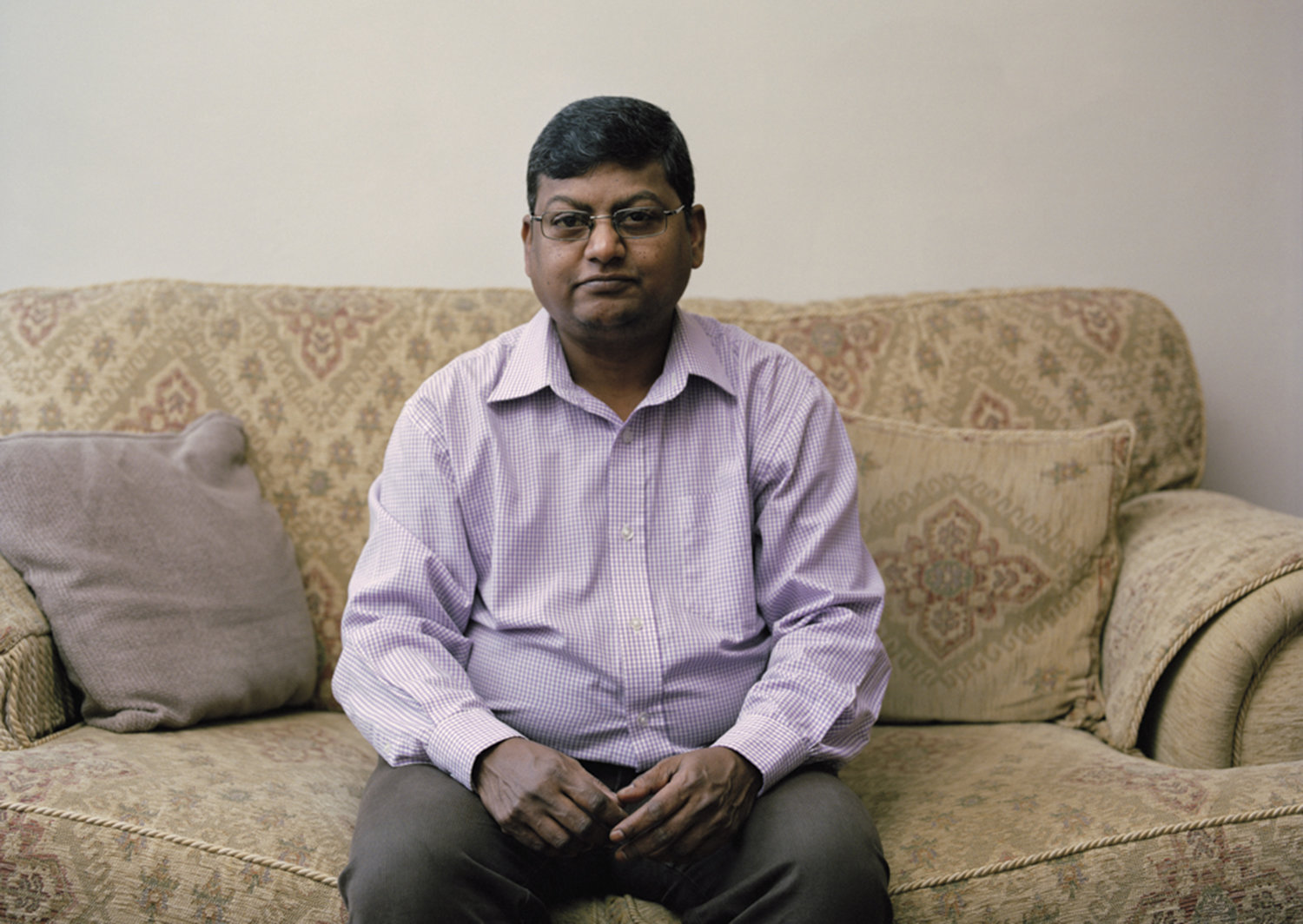
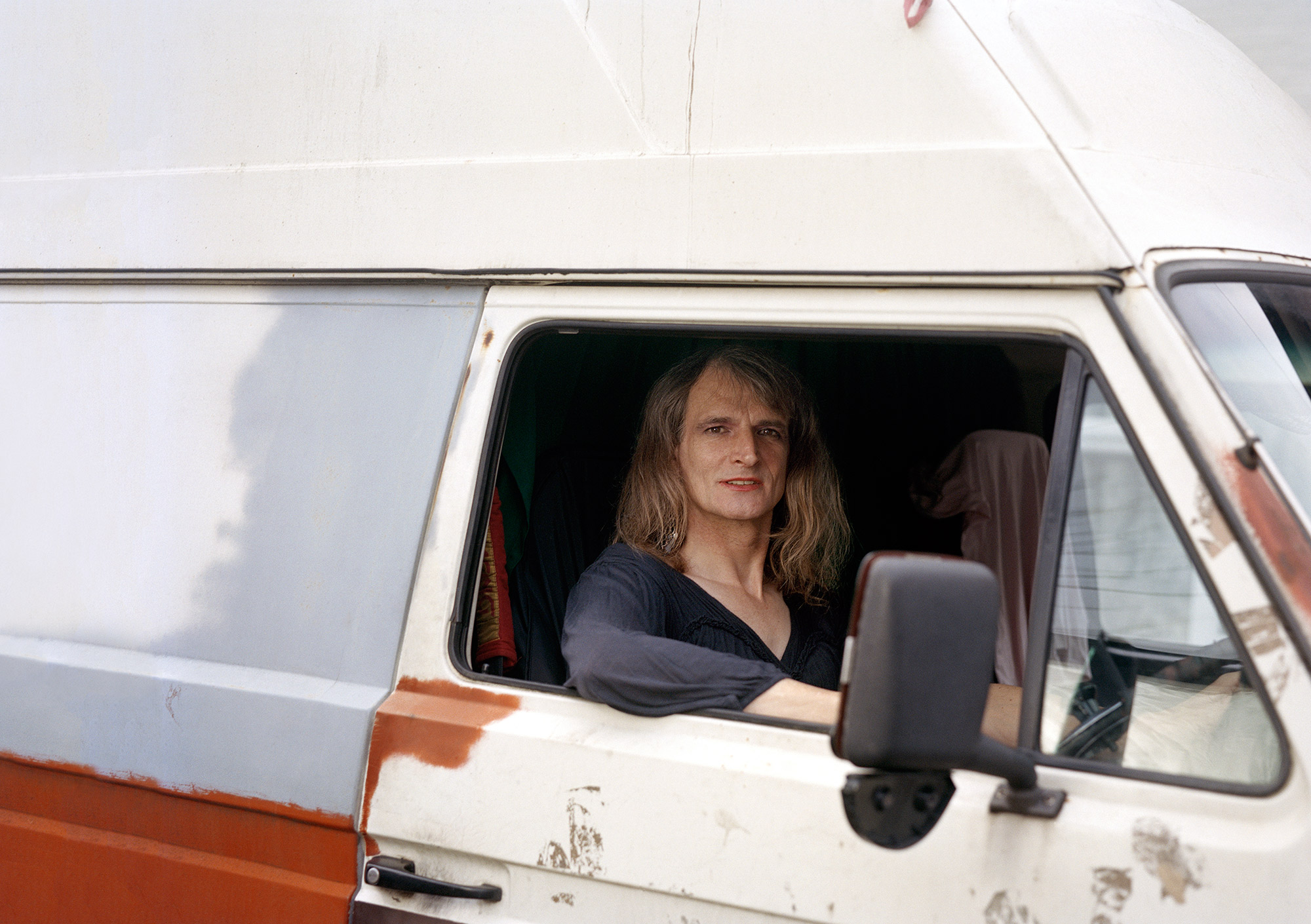

The older transgender community has been largely affected by lack of legislation and public opinion. Have any subjects of your photographs been affected by this? And if so in what way?
Of course, each person has had their own struggles, and that’s also what I wanted to show in the exhibition. I wanted to create imagery that is both genuine to the individual and thought-provoking—genuine in the respect that I can draw out the personality traits individual to that person. I was not keen to brush over the fact that each person has had a difficult time. I wanted to merge this with a more positive message that things can change. I wanted the images to express this in a manner that isn’t negative but in a way that challenges understanding and hopefully facilitates a deeper understanding of this concept. Because life can be shit sometimes but that doesn’t necessarily detract from the way in which it can make you grow. By taking people outside of their homes and contrasting some images of people at home it creates this sense of stepping out of your comfort zone paired with intimacy. What I was trying to say through the nature imagery is that we are all one, we are like nature in the respect that we will continue to grow and flourish, and there is hope for everyone.
Nowadays a lot of progress has been made in terms of gender recognition and raising awareness to transgender rights. Your exhibition will open in London – an incredibly resourceful and open-minded city compared to other places in the world. Do you plan on showing your work elsewhere in the UK or even outside?
I would love to tour this around the UK or in another country depending on whether we can get funding.
You have also worked on a film with Luke Sullivan and partnered with Stonewell Housing to conduct workshops to raise more awareness about Hen and the subject matter. Could you tell a bit more these two projects?
The film is co-directed by myself and Luke Sullivan and will be screened at the exhibition throughout the week. By directing the film, I was able to add another dimension to the project; it allowed me to give a voice to some of the participants involved and show their talents and create a deeper sense of intimacy and understanding about the participants’ identity through interviews and the possibility of filming their homes. We wanted to look past the motion of focusing on the gender of the individual and rather show each person as the unique, beautiful people they are.
There is nowhere near enough recognition of their stories and past, which in turn, I think, will help to benefit the younger transgender community and hopefully provide a safe space for them to interact. I’ve heard from a great deal of participants from Hen that they rarely interact with younger transgender individuals, and it’s a real shame because I think that is important in terms of expansion of knowledge of the transgender community and enhancing education in terms of intergenerational feedback.
We are hosting 3 workshops throughout the week in collaboration with Stonewall Housing (a charity we have partnered with for Hen), which you can book tickets to on the links below. One is an intergenerational workshop, one focuses on transgender wellbeing and the last is about creating a safe space for transgender people; these are hosted by Octavian Starr from Stonewall Housing.
